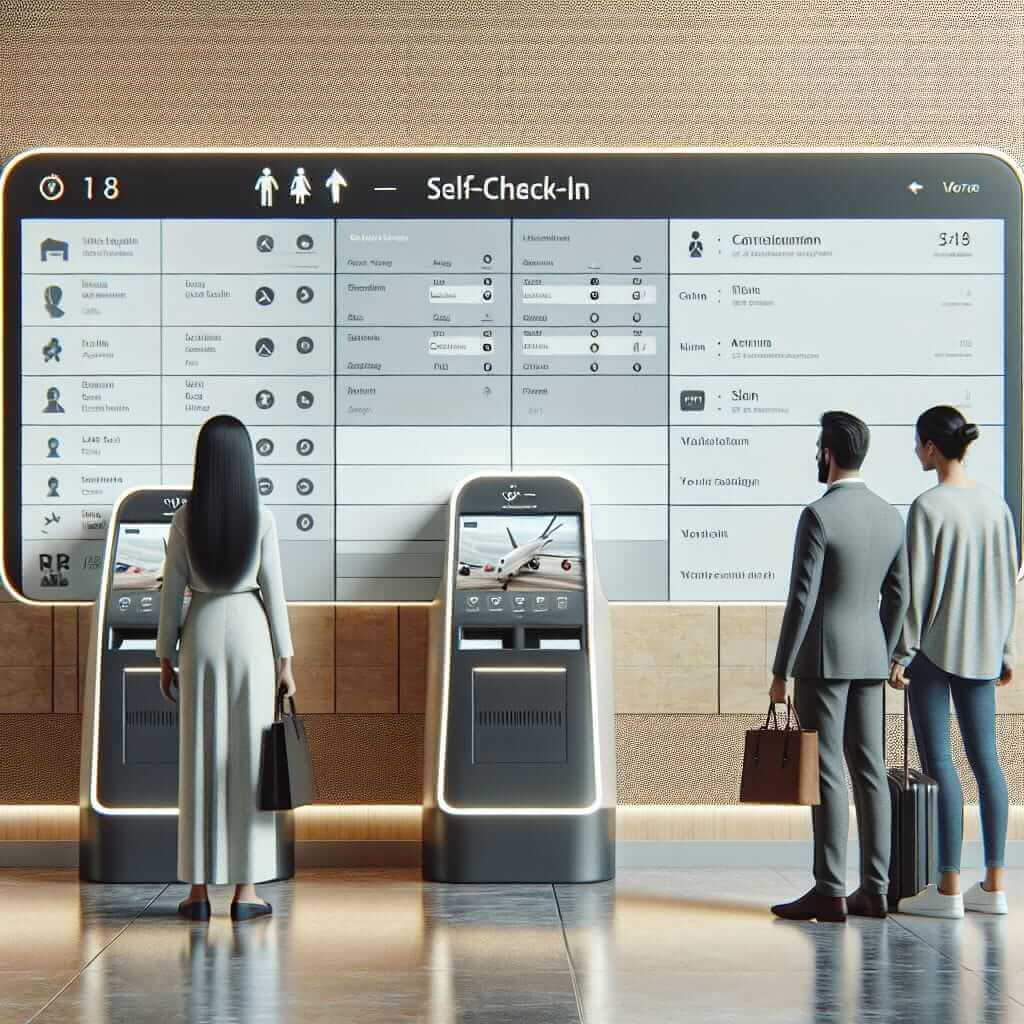The impact of automation on service delivery has been a recurring theme in IELTS Writing Task 2 exams. With the advent of technology, automation has transformed various sectors, especially the service industry. It is crucial for IELTS candidates to understand this topic as it frequently appears in the exam. In this article, we will analyze the topic, explore relevant lexical resource, and create a high-quality sample essay that meets the IELTS Writing Task 2 requirements.
Nội dung bài viết
Sample Essay Questions:
- Discuss the advantages and disadvantages of automation in service delivery.
- To what extent do you agree or disagree with the statement: “Automation improves the quality of service delivery.”
- Analyze the impact of automation on employment in the service sector.
Sample Essay Question:
To what extent do you agree or disagree with the statement: “Automation improves the quality of service delivery.”
Analyzing the Question
This question is an opinion essay where you need to discuss whether you agree or disagree with the given statement. You should provide reasons and examples to support your argument. It’s essential to balance your essay by considering both the advantages and disadvantages of automation on service quality.
Writing the Sample Essay
Automation has undeniably revolutionized the service industry. From automated customer service bots to self-service kiosks at airports, the integration of automation promises unprecedented convenience and efficiency. However, its impact on the quality of service delivery remains a contested issue. This essay will argue that while automation brings about significant improvements in service quality, it also has its fair share of drawbacks.
Firstly, automation enhances the efficiency of service delivery. Automated systems can handle repetitive and mundane tasks quickly and accurately, reducing the time customers spend waiting. For example, automated check-in kiosks at airports speed up the boarding process and minimize human error. This swift service not only enhances customer satisfaction but also optimizes the workflow for businesses.

Moreover, automation allows for 24/7 availability. Automated customer service systems, such as chatbots, can operate round the clock without fatigue, providing continuous support to customers. This constant accessibility is particularly beneficial for global businesses, ensuring that customer queries are addressed promptly regardless of time zones.
Conversely, the lack of human touch in automated services can detract from the overall customer experience. While machines can offer efficiency, they often lack the empathy and personalized interaction that human agents provide. For instance, automated customer support may struggle to understand and handle complex issues or emotional distress, leading to customer frustration.
Additionally, the implementation of automation can lead to job displacement in the service sector. Many roles that were previously performed by humans are now being taken over by machines, potentially leading to unemployment and social unrest. This negative consequence highlights that while automation improves certain aspects of service delivery, it also poses significant challenges to the workforce.
In conclusion, while automation undoubtedly enhances the efficiency and availability of service delivery, it also introduces challenges such as the lack of personalized service and potential job losses. Therefore, it is crucial for businesses to strike a balance by incorporating automation while retaining the human element to ensure holistic service quality. (303 words)
Important Points to Consider When Writing
- Vocabulary: Use a wide range of vocabulary related to automation and service delivery. Ensure that your lexical resource is varied but relevant to the topic.
- Grammar: Use complex sentence structures, including conditionals, passive voice, and relative clauses.
- Cohesion: Ensure your essay flows logically with clear transitions between ideas.
- Task Response: Address all parts of the question, providing a balanced discussion supported by examples.
Key Vocabulary Words
- Revolutionize (verb) /ˌrɛvəˈluːʃəˌnaɪz/: To change something drastically or fundamentally.
- Integration (noun) /ˌɪntəˈɡreɪʃən/: The process of combining parts to make a unified whole.
- Mundane (adjective) /ˈmʌndən/: Lacking interest or excitement; dull.
- Displacement (noun) /dɪsˈpleɪsmənt/: The moving of something from its place or position.
- Empathy (noun) /ˈɛmpəθi/: The ability to understand and share the feelings of another.
- Optimize (verb) /ˈɒptəˌmaɪz/: Make the best or most effective use of a situation or resource.
- Unrest (noun) /ˌʌnˈrɛst/: A state of dissatisfaction or disturbance.
- Holistic (adjective) /həˈlɪstɪk/: Considering the whole rather than just the parts.
Conclusion
In summary, automation significantly impacts service delivery by enhancing efficiency and availability. However, the absence of human interaction and potential job displacement are notable drawbacks. Mastering this topic and understanding how to craft a comprehensive essay on such issues is essential for success in the IELTS Writing Task 2 exam. Continue practicing with related topics to build a versatile approach to any related prompts you may encounter.
Here are some additional practice questions to consider:
- How does automation in the healthcare sector affect patient care?
- Compare and contrast the benefits of automation in different service industries.
- Discuss the long-term implications of automation on customer service roles.